Reviews
Antoine et Colette
François Truffaut
France, 1962
Credits
Review by Victoria Large
Posted on 05 April 2010
Source Criterion Collection DVD
François Truffaut was initially squeamish about reviving Antoine Doinel, the lead character from his lauded directorial debut The 400 Blows, worrying that he would be accused of relying on past successes. He ultimately decided that there was more to Antoine’s story, however, and when he was tapped to represent France for Love at Twenty, an international omnibus film that also featured segments by directors Shintarô Ishihara, Marcel Ophüls, Renzo Rossellini, and Andrzej Wadja, Truffaut took it as an opportunity to reintroduce us to Antoine. Antoine and Colette begins with Antoine at seventeen, now living on his own, paroled from the juvenile delinquency center that his parents abandon him to in the previous film. He wakes, lights a cigarette, and puts a record on, and a voiceover tells us that Antoine has finally achieved the dearest dream of his youth: the ability to depend only on himself. But this is a film about love, after all, and we quickly understand that solitude is not really what Antoine has been seeking.
Mirroring Truffaut’s own youthful devotion to the cinema, Antoine religiously attends the local symphony’s Youth Concerts. It’s there that he first meets fellow music aficionado Colette. We never mistake their love affair (if it can be called that) for something passionate and lasting: at best, the voiceover wryly announces to us, the pair discuss “hi-fi over coffee and lemonade.” At worst, Colette concocts excuse after to excuse not to go out with Antoine, or pries his kiss away when they go to a movie together. Colette isn’t exactly mean, but she grows steadily colder as the film goes on and Antoine doggedly ignores her continued attempts to deflect his advances.
The twist in this story about adolescent romantic blundering is that Antoine falls just as much for Colette’s parents as he does for the girl, if not more so, and they embrace him in return. It isn’t difficult to see why. Colette’s family is patient and good-humored, creating a stark contrast to Antoine’s short-tempered, self-interested parents in The 400 Blows. Soon Antoine’s moved across the street (“Look! You can see our windows!” Colette’s mother exclaims upon being invited over to Antoine’s flat for the first time) and is regularly joining them for dinner. “Oh, Mother finds you very romantic,” Colette writes to Antoine. “Probably because of your long hair.” Never mind that a girl’s mother finding a young man romantic is very different than the girl herself taking an interest.
Truffaut plays the scenario for some brutal laughs, but, as ever, the comedy has a bittersweet edge. The story takes on greater depth when placed within the context of the other films in the Doinel cycle. Knowing that this is the same Antoine who we watched in The 400 Blows listening to his parents argue over how to best get rid of him (boarding school, perhaps? the military?), we now see a boy who is almost grown, but still aching from the wounds of his childhood. Antoine is earnest, intelligent, benignly mischievous, and quite likable as a result, but he also remains adrift and largely alone. The seventeen-year-old Léaud, still boyish in a way that poignantly offsets his seriousness, imbues Antoine with a growing self-awareness, and Antoine and Colette introduces us to one of the Doinel cycle’s unique pleasures: watching character and actor grow up together, their lives forever intertwined.
“It was inevitable that Antoine Doinel would seize the first opportunity to fall desperately in love,” Truffaut wrote in his first treatment for Antoine and Colette, and the short offers a moving portrait of a young man who isn’t so much in love as he is hungry to be loved. In his frank — but never cruel — manner, Truffaut reminds us that that can be a very important distinction.
More Love on the Run: The Films of François Truffaut
-

Les Mistons
1957 -

Une histoire d’eau
1958 -
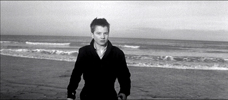
The 400 Blows
1959 -
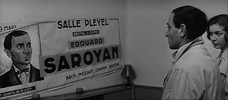
Shoot the Piano Player
1960 -
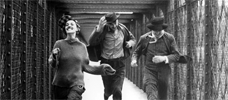
Jules and Jim
1962 -
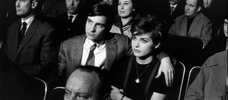
Antoine and Colette
1962 -

The Soft Skin
1964 -
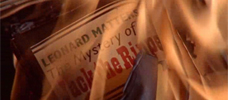
Fahrenheit 451
1966 -
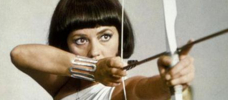
The Bride Wore Black
1968 -

Stolen Kisses
1968 -
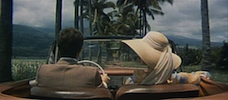
Mississippi Mermaid
1969 -
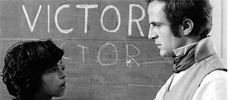
The Wild Child
1970 -

Bed and Board
1970 -

Two English Girls
1971 -
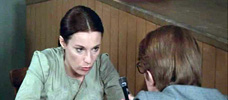
Such A Gorgeous Kid Like Me
1972 -

Day for Night
1973 -

The Story of Adele H.
1975 -

Small Change
1976 -
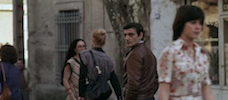
The Man Who Loved Women
1977 -
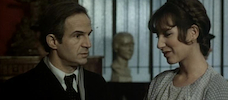
The Green Room
1978 -
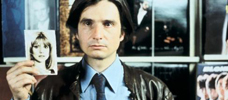
Love on the Run
1979 -
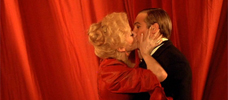
The Last Metro
1980 -
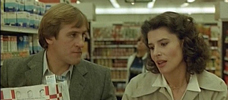
The Woman Next Door
1981 -
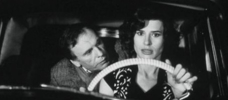
Confidentially Yours!
1983
We don’t do comments anymore, but you may contact us here or find us on Twitter or Facebook.



